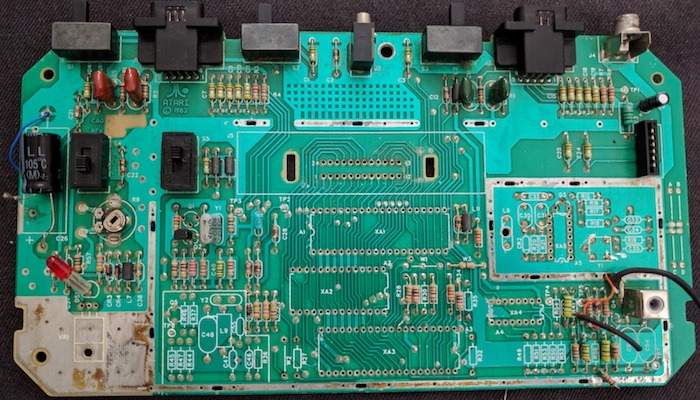
My Keurig B40 coffee maker was super convenient, but throwing those pods in the garbage wasn’t great for the environment (yes, you can compost the contents, but despite manufacturer claims/efforts, you can’t recycle the pods in Toronto. They also limit your coffee choice, so a couple years ago I switched to reusable pods and wrote a blog post about it.
Since then, I learned a couple things about grinding and avoiding leaks that are worth sharing.



